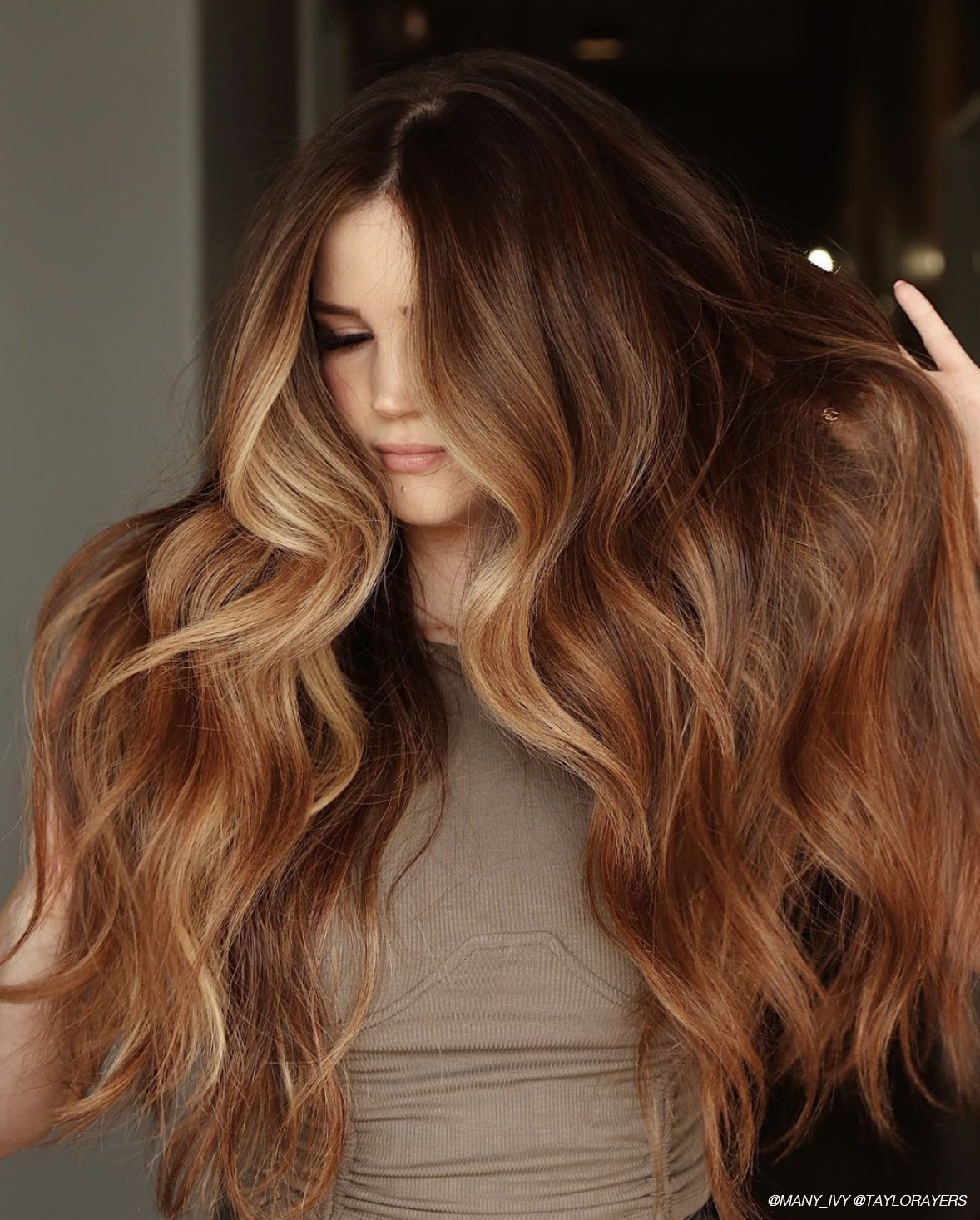Hair dye is not just for changing your look; it can also provide unexpected benefits like eliminating lice infestations. While traditionally used for cosmetic purposes, the chemicals in hair dye, particularly those in permanent and semi-permanent formulations, can effectively kill lice and their eggs, known as nits. This dual function arises from the active ingredients in hair dye, such as ammonia and hydrogen peroxide, which disrupt the respiratory system of lice and ultimately lead to their demise. In combating lice, thorough application is key. Applying the dye evenly ensures that all areas where lice and nits may be present are adequately covered. The chemical composition of the dye penetrates the exoskeleton of lice, disrupting their ability to regulate water, causing dehydration, and ultimately leading to their death. This method is particularly effective for individuals with thick or long hair, where other treatment options may be less efficient. Moreover, the application of hair dye offers a non-invasive solution compared to other chemical treatments or mechanical methods like combing.

Additionally, the residual effects of the dye can prevent re-infestation, providing a longer-lasting solution compared to some over-the-counter treatments. However, while hair dye can be an effective tool against lice, it is essential to use it cautiously and follow safety guidelines. The chemicals in hair dye can be harsh and may cause allergic reactions or skin irritation, especially for those with sensitive skin or existing scalp conditions. It is recommended to perform a patch test before applying hair dye more extensively to ensure compatibility and minimize potential side effects. Furthermore, the availability of various hair dye formulations, from permanent to temporary options, caters to diverse preferences and needs, accommodating individuals seeking both lasting color changes and temporary lice treatments. This versatility allows users to tailor their approach based on severity of infestation, hair type, and desired aesthetic outcome, ensuring a customized solution that meets both practical and personal objectives. In essence, while hair dye is commonly celebrated for its ability to enhance appearance, its role in combating lice infestations underscores its multifaceted benefits.
By merging cosmetic transformation with therapeutic efficacy, hair dye transcends its conventional purpose, offering a transformative solution that empowers individuals to break free from the limitations imposed by lice, embracing a vibrant, lice-free lifestyle with confidence and style. Furthermore, the use of hair dye for lice treatment should be approached with consideration for its potential limitations. It may not be suitable for everyone, particularly young children or pregnant women, due to concerns about chemical exposure, can hair dye kill lice. In such cases, consulting with a healthcare professional or pharmacist for alternative treatments is advisable. In conclusion, while hair dye is primarily known for its cosmetic purposes, it can also serve as an effective means to eliminate lice infestations. Its chemical composition disrupts the respiratory and water regulation systems of lice, leading to their eradication. However, users should be mindful of potential side effects and safety precautions associated with its use. When used correctly and cautiously, hair dye not only transforms appearance but also provides a practical solution to the persistent problem of lice infestation, offering a path from drab to fab with added peace of mind.